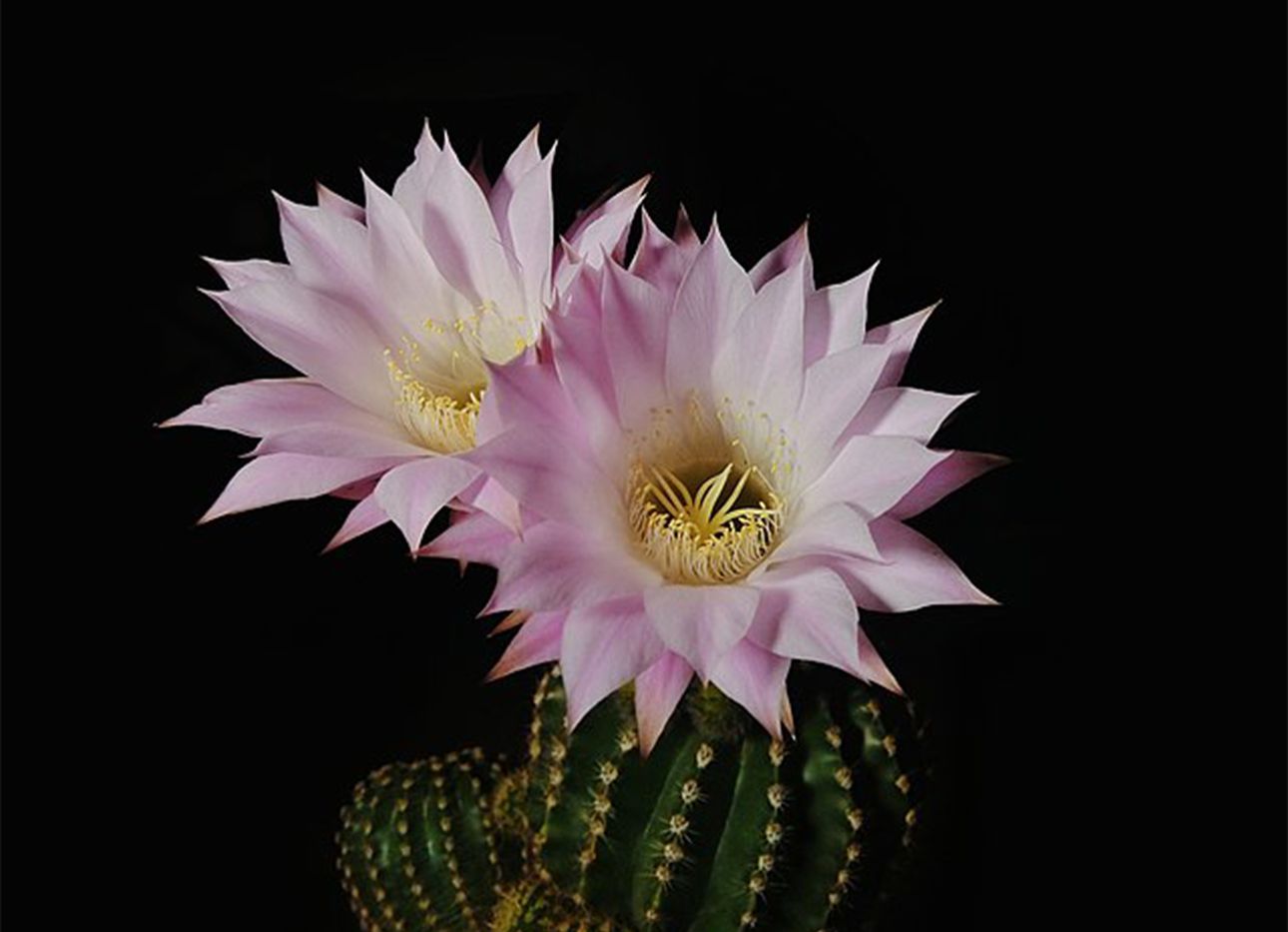
These Fragrant Cacti and Succulents Spice Up Their Surroundings
Houseplants bring their surroundings to life. From helping to define a space to boosting serotonin levels and dissolving volatile airborne chemicals, indoor greenery has been scientifically proven to facilitate a healthier home. Some of the most resilient plants—specifically, certain succulents and cacti—have the added value of scenting their settings. This fragrant quality emerges from the plants’ flowers, which typically bloom in the spring. The buds open rapidly, usually within hours, and can emit sweet, citrusy, or even peppery scents, depending on the variety.
Selecting the right plant for you depends on your nose. On the succulent side, the sheer range of the aromatic plants offer countless natural scent diffusers. They include mesembryanthemums, commonly known as “mesembs”—a species hailing from Southern Africa that resembles a cluster of smooth, rounded stones before it puts out astor-like blooms—which are sometimes called “ice plants” for their resilience in chilly temperatures. Their pink or yellow flowers produce a complex, musky scent reminiscent of a spicy, deep-bodied perfume: a concoction of pepper, pineapple, coconut, wood smoke, and honey notes. Blue Chalksticks—another South African variety named for their bluish-purple hue and slim, low-growing branches—generate small white flowers with a gentle, vegetal bouquet. There’s also aloe florenceae, an aloe species from Madagascar. It forms up to five rosettes upon blooming, and smells similar to the hyacinth flower with its fresh, green, slightly aquatic scent.
To imbue a space with earthly funk, try a scented cacti. For a refreshing fragrance, opt for echinopsis oxygona, a densely spiked South American species, nicknamed the “Easter Lily cactus,” that sprouts big, citrus-scented flowers. (Unlike mesembs, the echinopsis goes dormant in cold conditions, so it’s best suited to places with year-round heat.) Those searching for sweetness might want to seek out a night-blooming cereus. It bears large, cream-white blossoms that, as the name alludes, open in the evening and faint before daybreak—a fleeting, if not romantic, spell that leaves behind a light yet intoxicating aura.
In addition to their fragrant output, there’s another reason why scented succulents and cacti are ideal ways to perfume a room: the organisms thrive in low-moisture environments, and with little maintenance, making them a viable option for almost anyone, with or without a green thumb.